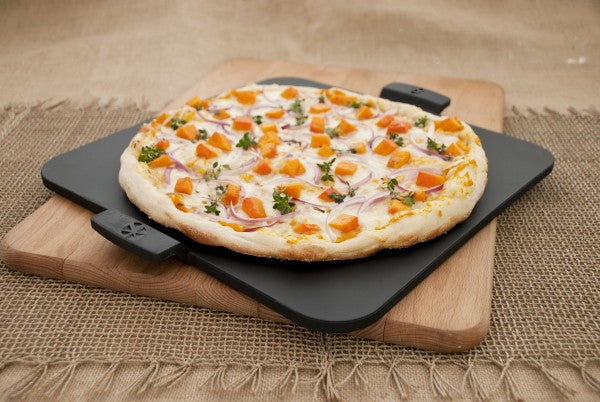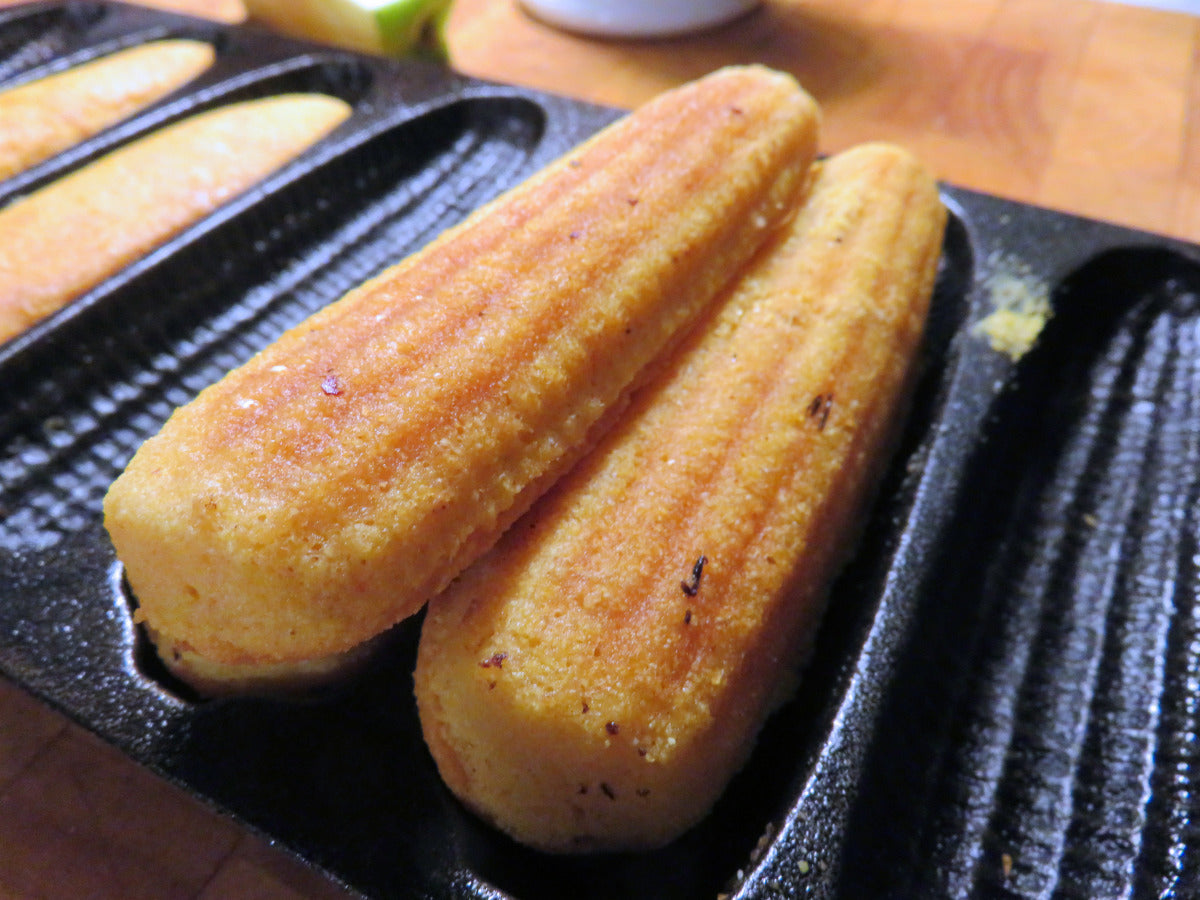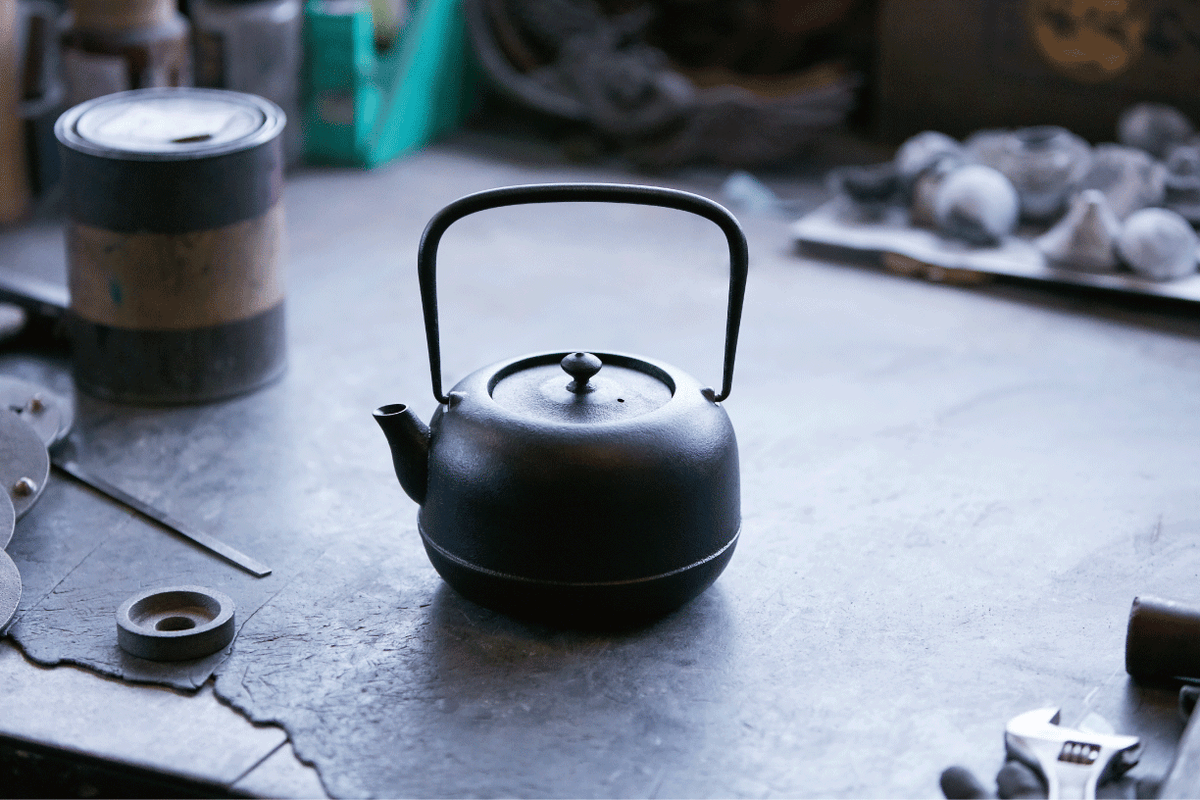Thick Crust Pizza Baking Tips for Perfect Pies Every Time
Creating a thick crust pizza that's just right, with a golden, crispy exterior and a soft, chewy center, is an art that many kitchen professionals strive to master. Whether you're a seasoned chef or a pizza enthusiast, understanding the intricacies of making thick crust pizza is vital. In this guide, we'll explore top thick crust pizza baking tips to help you elevate your pizza-making skills.
:max_bytes(150000):strip_icc()/pizza-stone-testing-winners-lodge-pre-seasoned-cast-iron-baking-pan-wdickey-3-02-a8dc06f53f5d4be89d55a499294de19b.jpg)
1. The Foundation of Thick Crust: Choosing the Right Dough
At the heart of any great thick crust pizza lies the dough. A well-prepared dough sets the tone for a successful pie. When crafting thick crust pizza, opting for a dough that balances elasticity and strength is key. Using bread flour with a higher protein content can ensure your dough develops the necessary gluten structure, which provides both crunch and chew.
Baking on stone can significantly enhance the texture of your pizza by evenly distributing heat and creating that perfect crust we all crave.
How to Perfect Your Dough
Begin by mixing your ingredients properly, allowing for thorough hydration. Kneading plays a crucial role in gluten development, so invest time in kneading until the dough is smooth and resilient. Don't rush the fermentation process; a slow, cold fermentation in the fridge for at least 24 hours can result in a flavorful, airy crust.
2. Mastering the Bake: Oven Techniques
The way you bake your pizza can make or break the crust. Preheating your oven and using a pizza stone are critical techniques. A pizza stone not only mimics the traditional brick oven but also absorbs moisture and imparts a perfect crispy texture.
Adjust your oven racks to the lowest position to maximize the crispy crust while baking at high temperatures, around 475F to 500F (245C to 260C). The high heat ensures a quick and even bake, sealing in flavors.
Temperature Tips
For optimal results, allow your pizza stone to preheat in the oven for at least 30 minutes. This ensures the stone is evenly heated and ready to bake the pizza to perfection.
3. Sauce and Toppings: Keep It Simple
With a thick crust, there's a tendency to overload on toppings. However, restraint is key. Avoid overloading your pizza with sauce and toppings as it can lead to a soggy crust. Instead, focus on using a thin layer of sauce and a few well-chosen toppings to let the crust's texture shine.
For a deeper dive into maximizing crust flavor and texture, explore how using cornmeal on your baking stone can further enhance your pizza-making experience: Using cornmeal.
4. Secret Ingredients: Enhancing Flavor
Adding a tablespoon of olive oil to your dough can enhance its flavor and provide a light crunch. Additionally, experimenting with herbs and spices in your dough can create a unique and flavorful crust, setting your pizza apart from the rest.
Moreover, integrating small amounts of cheese in the crust can result in a deliciously gooey texture.
Flavor Experimentation
Consider incorporating garlic powder or dried herbs into your dough for an extra layer of flavor that complements the toppings.
5. Troubleshooting Common Issues
Even experienced chefs can encounter challenges when baking thick crust pizza. Common issues include undercooked crusts, sogginess, or unevenly baked pies.
To address these, ensure you're using the correct baking times and temperatures, and always preheat your pizza stone. If your pizza turns out too chewy or doughy, it might be worth experimenting with your kneading process or adjusting fermentation times.
For more comprehensive guidance on achieving the ideal crust, explore additional techniques here: Using a pizza stone.

6. The Art of Serving Thick Crust Pizza
Beyond baking, the way you serve your pizza can enhance the dining experience. Let your pizza rest for a couple of minutes post-baking to allow the cheese to slightly set. This pause also makes slicing easier and cleaner.
Utilizing a sharp pizza cutter ensures each slice is even, keeping the toppings intact and presenting a visually appealing serving.
For those interested in more techniques and tips, check out our homemade pizza baking guide.
FAQ Section: Elevating Your Pizza Skills
How much kneading is required for thick crust dough?
Kneading your dough for around 10-15 minutes until smooth and elastic ensures optimal gluten development.
What is the ideal baking temperature?
Baking between 475F and 500F (245C to 260C) on a preheated stone yields the best results for thick crust pizza.
How to prevent the crust from becoming soggy?
Preheat your stone, watch the moisture content in your toppings, and avoid too much sauce to prevent sogginess.
This article contains affiliate links. We may earn a commission at no extra cost to you.






Leave a comment
This site is protected by hCaptcha and the hCaptcha Privacy Policy and Terms of Service apply.